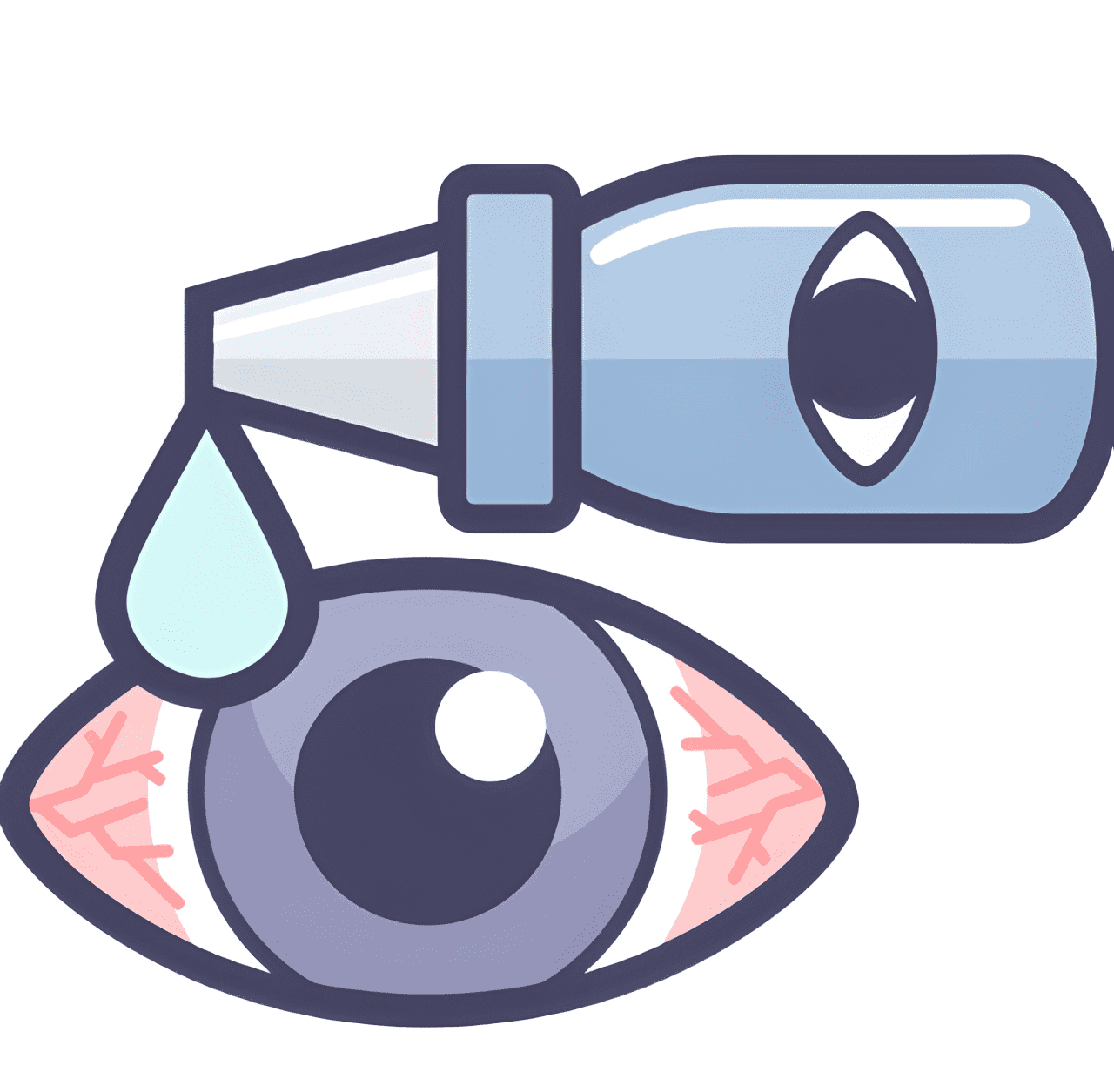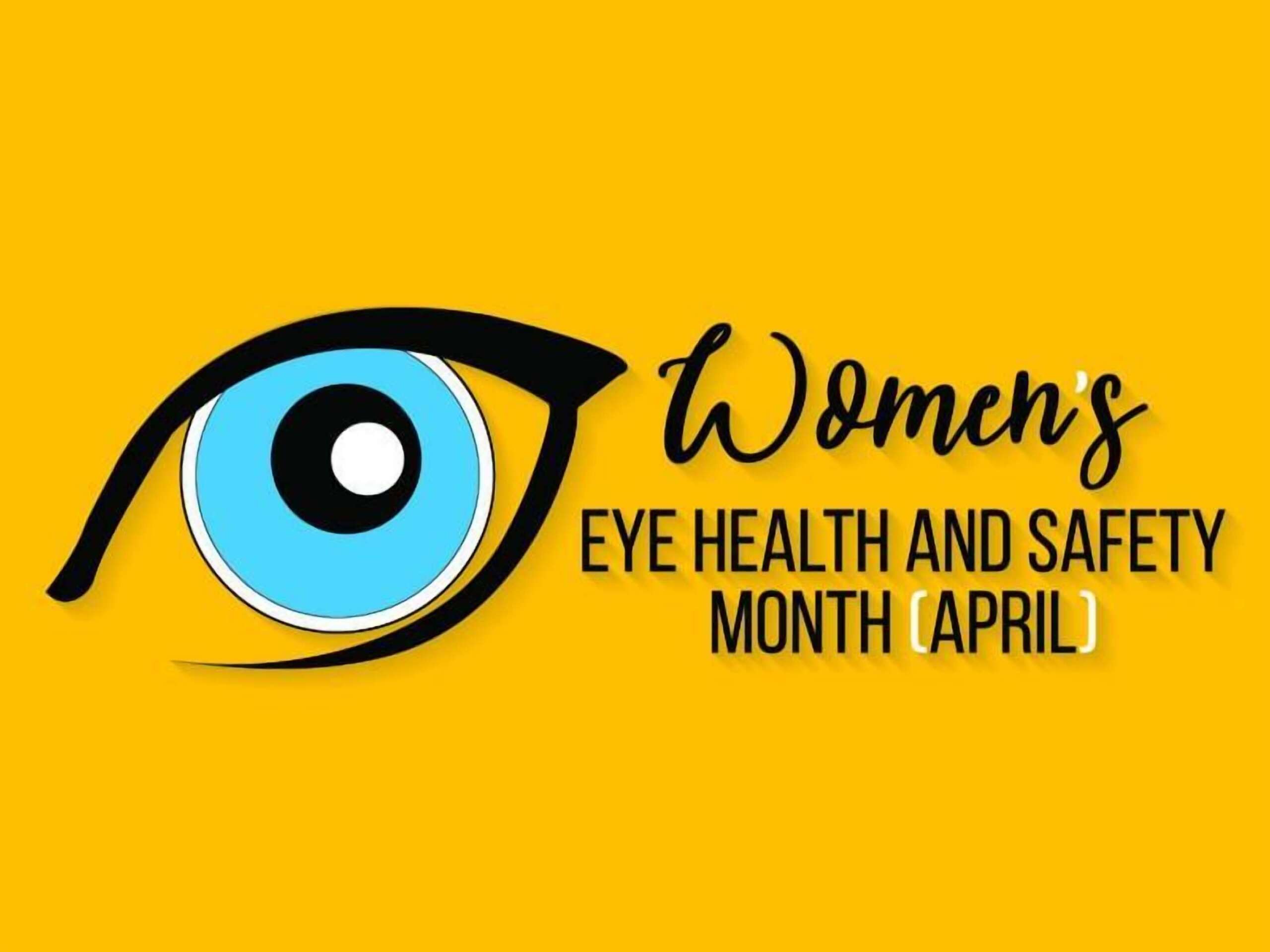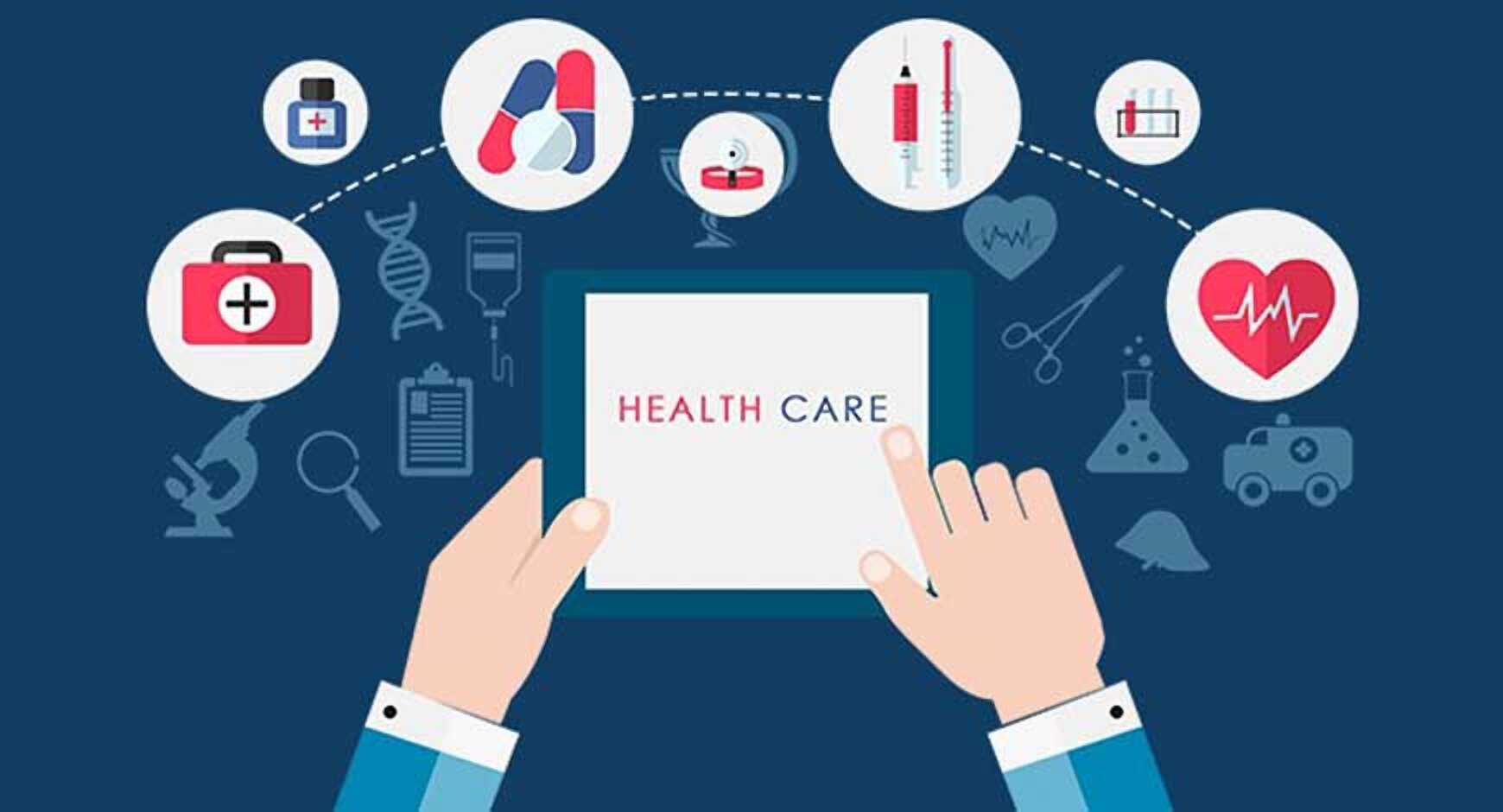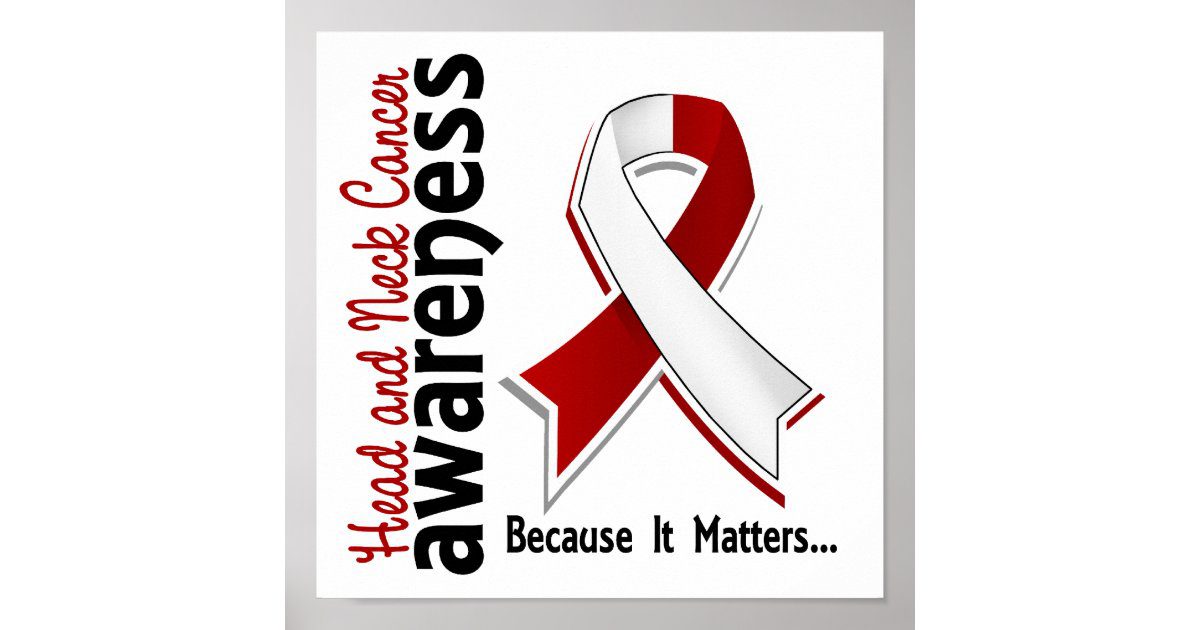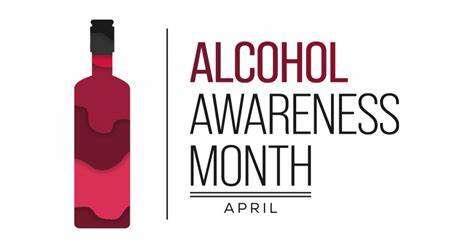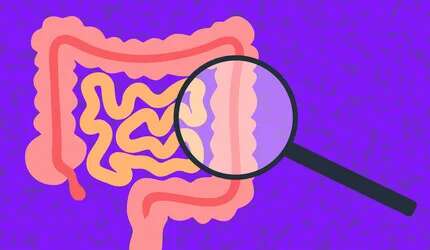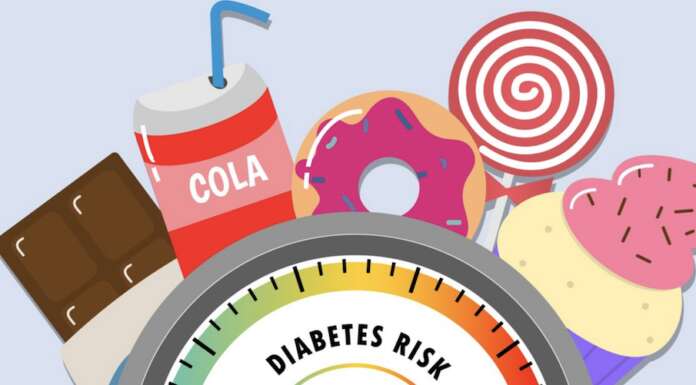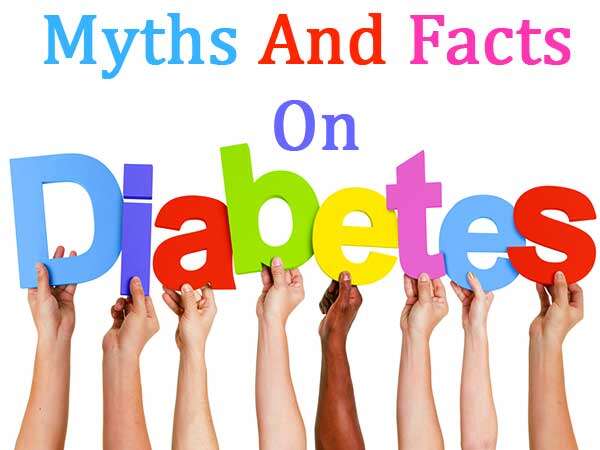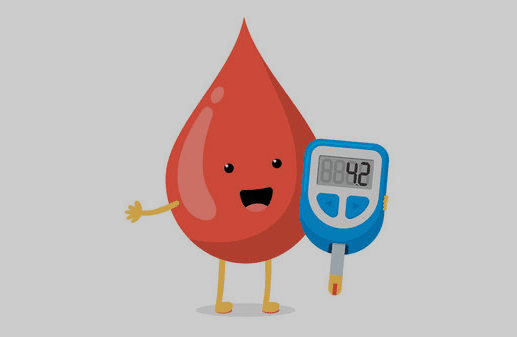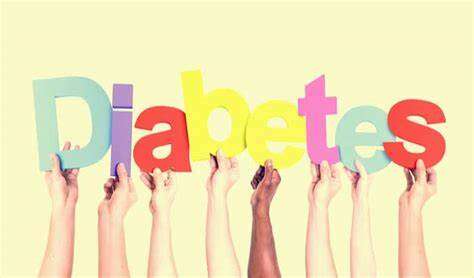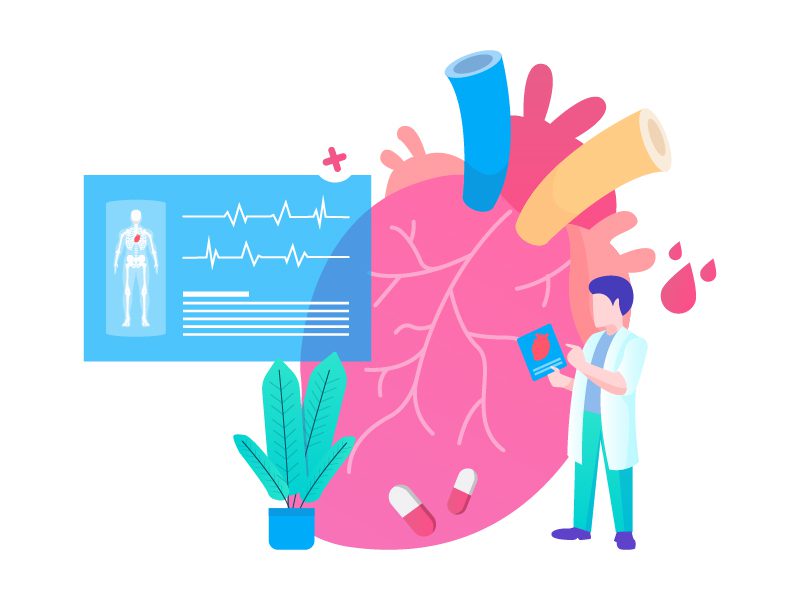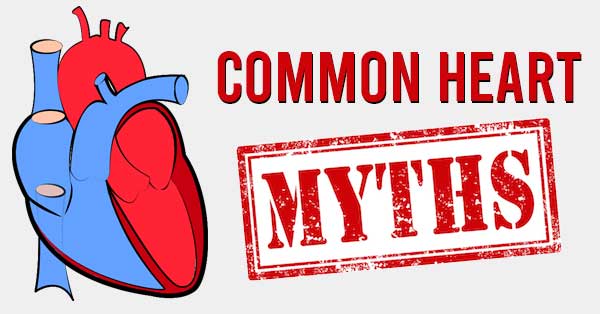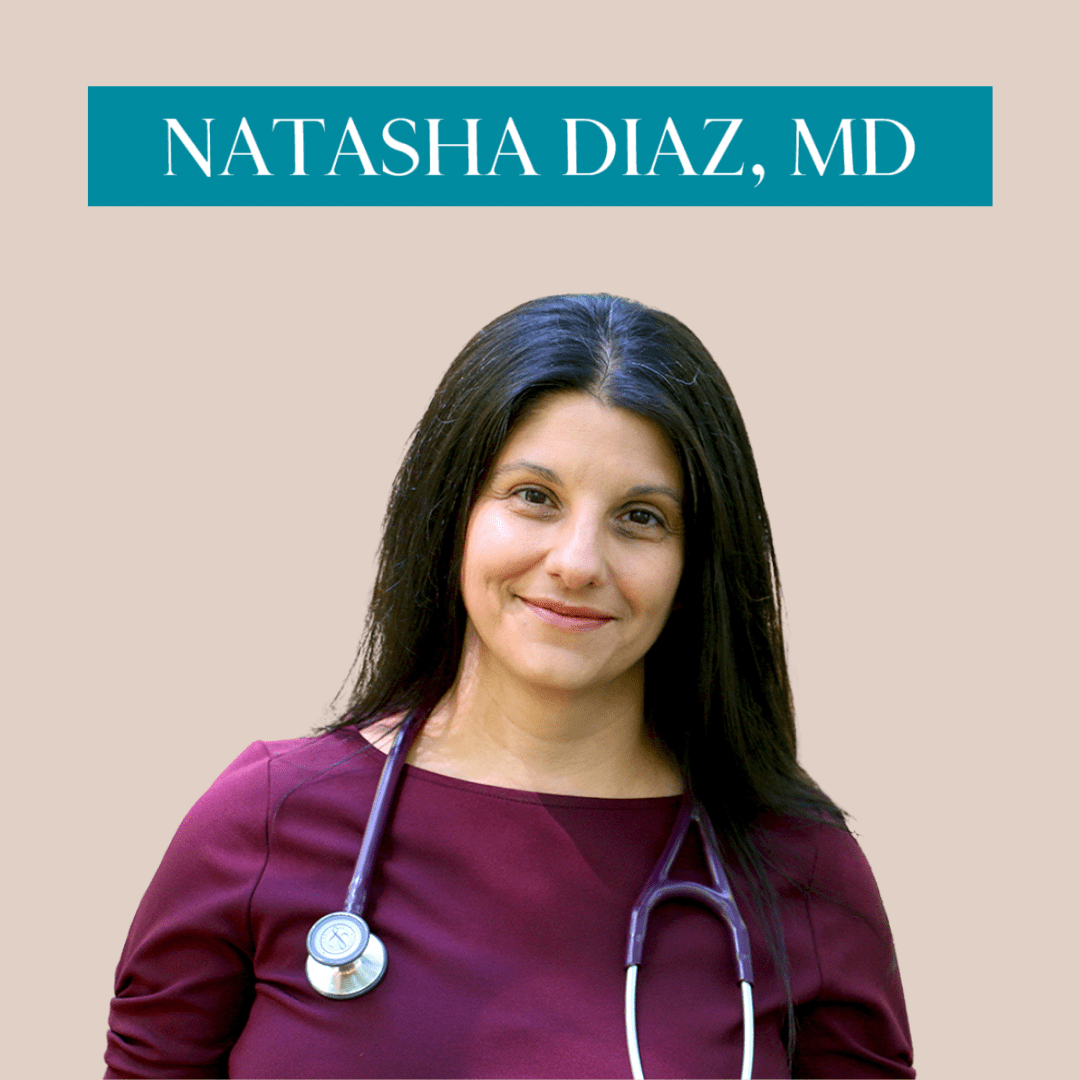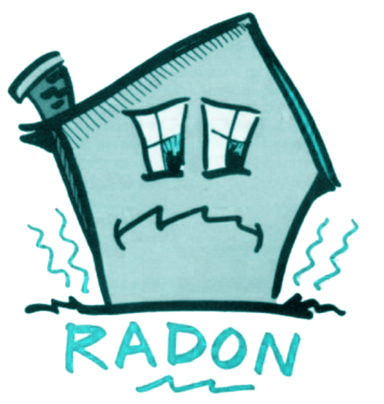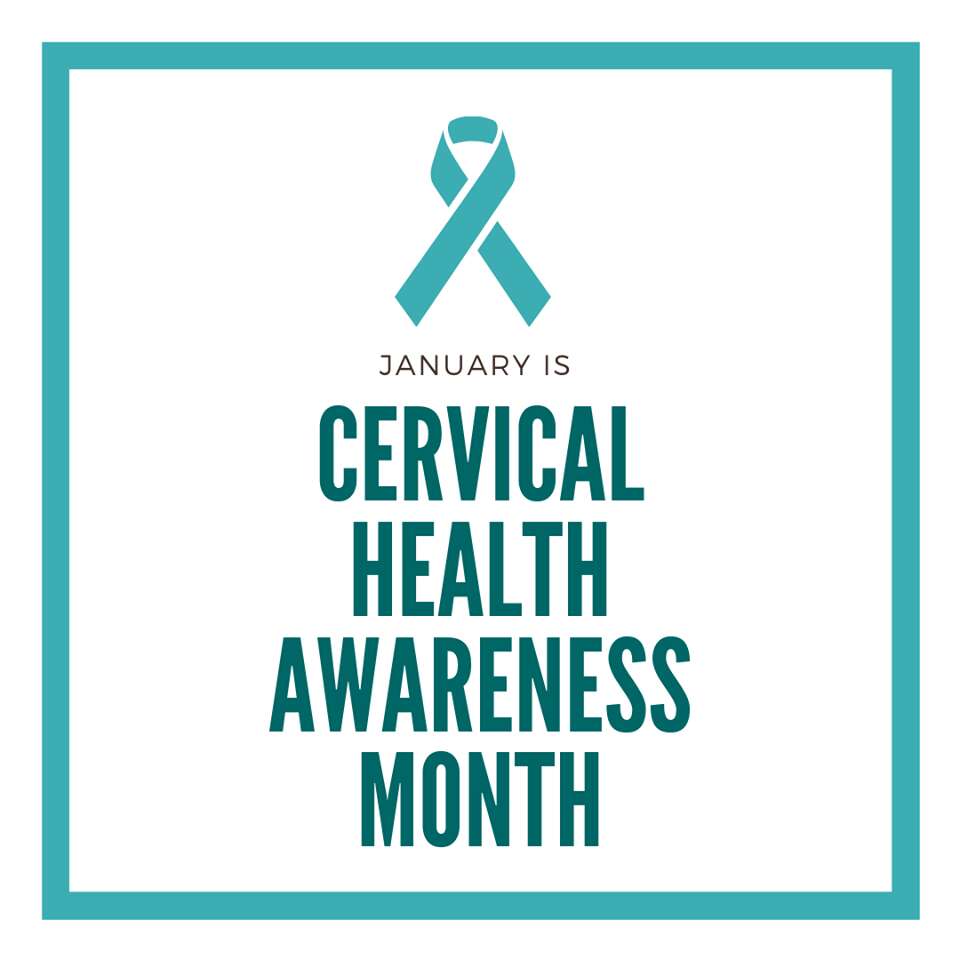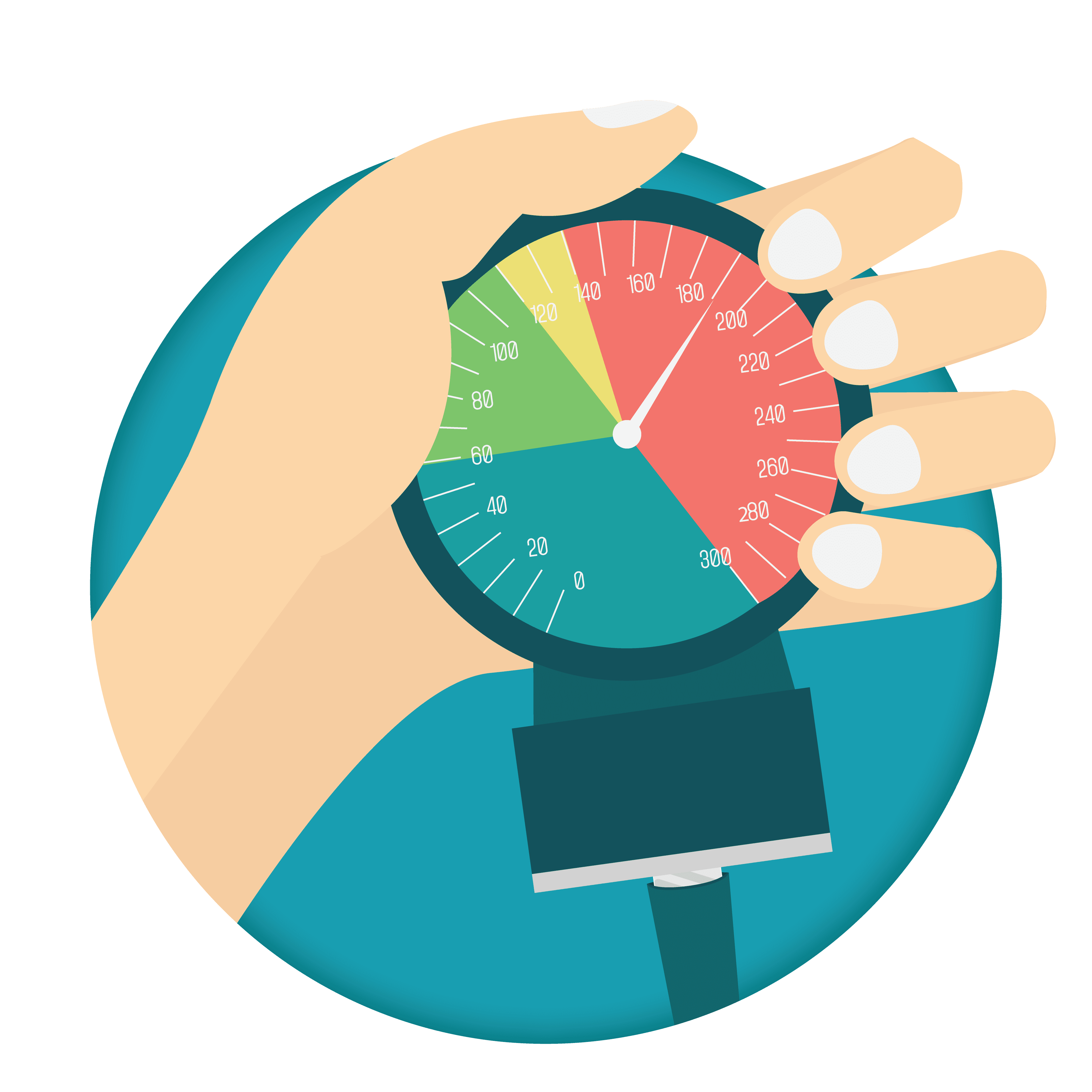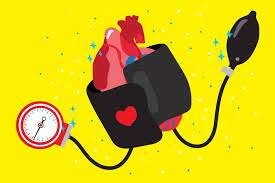Mental Health awareness
Breaking the Silence:
Prioritizing Mental Health for Families
In honor of Mental Health Awareness Month, let’s shine a light on a crucial but often overlooked aspect: the impact of mental health challenges on families. As parents, siblings, and caregivers, we may find ourselves struggling to navigate the complexities of supporting a loved one facing mental health issues.
The journey can be overwhelming, leading to increased stress, anxiety, and feelings of isolation for family members. It’s essential to recognize that your well-being matters too.
Here are some simple steps to prioritize your mental health:
- Seek Support: Connect with support groups or mental health professionals who understand what you’re going through. Sharing experiences and finding solidarity can provide comfort and validation.
- Set Boundaries: It’s okay to establish boundaries to protect your own mental and emotional well-being. Communicate your needs and limitations to others, including your loved one and other family members.
- Practice Self-Care: Make time for activities that bring you joy and relaxation, whether it’s exercise, hobbies, or spending time outdoors. Remember, taking care of yourself is not selfish – it’s necessary.
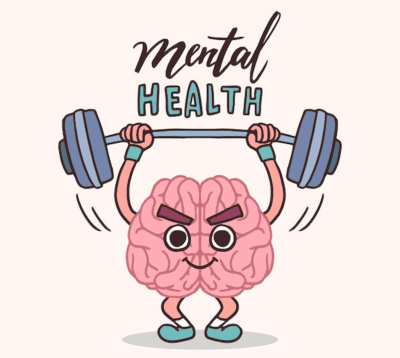
At Roots Health Direct Primary Care, we understand the unique challenges that families face when supporting a loved one with mental health issues. Our compassionate team is here to provide support, guidance, and resources tailored to your needs.
Dry Eyes
A Comprehensive Guide to Understanding and Treating Dry Eyes
Do you often experience discomfort, redness, or irritation in your eyes? This could be a sign of dry eye syndrome, a common condition that affects tear production and quality.
Here’s what you need to know:
Diagnosis:
To determine the cause of your dry eyes, there are various tests, including a comprehensive eye exam and measurements of tear volume and quality that can be performed.
Treatment Options and Management:
Treatment for dry eyes depends on the severity and underlying cause. Options range from artificial tears to prescription medications and specialized therapies. Artificial tears come in various formulations, including drops, gels, and ointments. Drops can provide immediate relief, while ointments offer longer-lasting lubrication, especially at night.

Self-care practices can also help alleviate dry eye symptoms. Frequent eyelid washing and the use of nonprescription eye drops or ointments may provide relief. Avoiding factors that exacerbate dry eyes, such as prolonged screen time and exposure to dry environments, is also important. Omega-3 supplements may be help as well.
Women’s Eye Health
Prioritizing Women’s Vision:
Key Concerns and Care Tips
Welcome to Women’s Eye Health & Safety Month!
Amid our busy lives, safeguarding eye health often takes a backseat. However, for women, certain vision issues deserve special attention due to their higher prevalence.
Unique Vision Concerns for Women:
Women face specific eye health challenges, including:
-
Dry Eye Syndrome: More prevalent in women due to hormonal changes.
- Glaucoma: Women are at a higher risk, particularly after age 60.
- Age-related Macular Degeneration (AMD): A leading cause of vision loss, affecting women more than men.
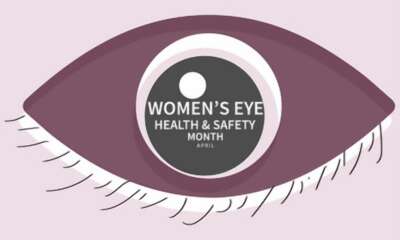
Tips for Maintaining Women’s Eye Health:
- Regular Eye Exams: Schedule annual check-ups to catch issues early.
- Protective Eyewear: Shield your eyes during activities or chores to prevent injury.
- Healthy Habits: Eat a balanced diet, hydrate well, and avoid smoking.
- Screen Time Breaks: Follow the 20-20-20 rule to reduce digital eye strain.
- Awareness: Educate yourself and others about women’s eye health risks.
Empowerment Through Awareness:
By staying informed and proactive, women can safeguard their vision and enjoy a clearer, brighter future.
Health Sharing Plans (HSP)
Exploring Better Health Care.
Health Sharing Plans and Direct Primary Care.
The rising cost of health inurance causes stress for many. It is well known that the United States spends more than any other country and our outcomes are worse. We have a declining life expectancy and some of the highest maternal and infant mortality rates. It is time to look for a better option. Direct Primary Care paired with Health Sharing Plans (HSP) offer a higher quality of care and provide signficant savings on healthcare expenses. Lets look at the fundamentals of HSPs and analyze their distinctions from conventional insurance coverage.
Health Sharing Plans (HSP): How It Works
Members in an HSP “share” medical costs. As part of an HSP, you are responsible for paying an initial unshareable amount (IUA) each month (like a premium). There is also an “annual unshared amount” (like a deductible) that your medical expenses must exceed before the plan shares your expenses.
Health care sharing can be great for people who:
- Are generally in good health
- Are not eligible for a tax credit based on income
- Lack access to insurance through an employer or government program
- Only want/need catastrophic coverage
- Want to pay less in health insurance premiums
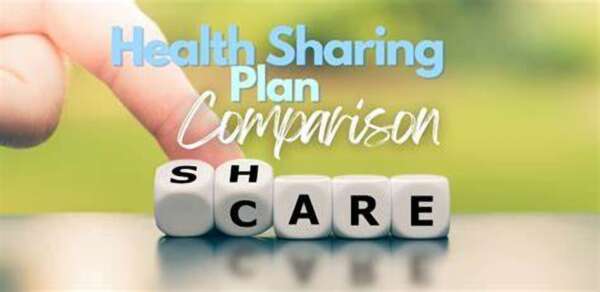
HSP vs Health Insurance
The Pros:
- HSP counts as insurance under the Affordable Care Act (ACA), even though they are not insurance. This allows for affordable healthcare benefits while avoiding the tax penalty for going uninsured.
- HSP are provided at a much lower monthly cost.
- The annual “unshared amount” is much, much lower than deductibles for insurance plans.
- You have any choice of provider. There are no network requirements. If you pay out-of-pocket, health sharing plans reimburse your expense.
The Cons:
- Health care sharing plans are not required to cover pre-existing conditions at the time of enrollment such as cancer, diabetes, or smoking. Those who have them may be declined membership or won’t have the conditions fully covered for a year or more.
- Health care sharing also doesn’t typically cover the essential health benefits like wellness exams or mental health counseling…. this is where DIRECT PRIMARY CARE really shines.
HSP and Direct Primary Care (DPC) work well together
DPC will meet vast majority of a person’s primary health care needs and any urgent care needs for a low monthly fee without copays or deductibles. DPC ensures access discounted cost laboratories, medications , and consultations with specialists. DPC members receive higher quality care with better access to their physician without the wait.
Head & Neck Cancer Awareness Month
Navigating Health:
National Head & Neck Cancer Awareness Month
Understanding the Risks:
Alcohol and tobacco use, including smokeless tobacco, pose significant risks, contributing to 75% of cases. Concurrent use exacerbates the risk.
Raising Awareness:
Empowering informed health choices and encouraging regular screenings for early detection.
Self-Examination:
Stay vigilant for red or white patches, lumps, or bumps in the mouth, throat, or neck. Seek medical evaluation if symptoms persist beyond two weeks.
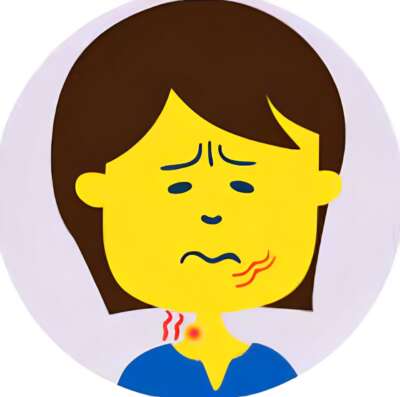
Lower your Risk!
Take proactive measures to minimize risk:
- Steer clear of tobacco and smokeless tobacco.
- Moderate alcohol intake.
- Stay current with check-ups.
Alcohol Awareness Month
Navigate Wellness:
Alcohol Awareness Month
Let’s illuminate the risks of excessive alcohol consumption and guide individuals toward healthy habits for a lifetime of wellness.
The Importance of Awareness:
Making informed decisions about drinking habits starts with becoming aware. People who suffer from alcohol use disorder (AUD) are often preoccupied with alcohol and can find it hard to control their consumption.
Statistics on Alcohol Addiction & Use in the US:
Alarming statistics reveal the prevalence of alcohol addiction. 51% of people aged 12 and older engage in binge drinking monthly, while over 14 million have Alcohol Use Disorder (AUD), with liver disease deaths attributed to alcohol use.
Navigating Healthy Habits:
We emphasize balanced wellness and educates on the short- and long-term health issues associated with AUD, and options for both prevention and treatment.
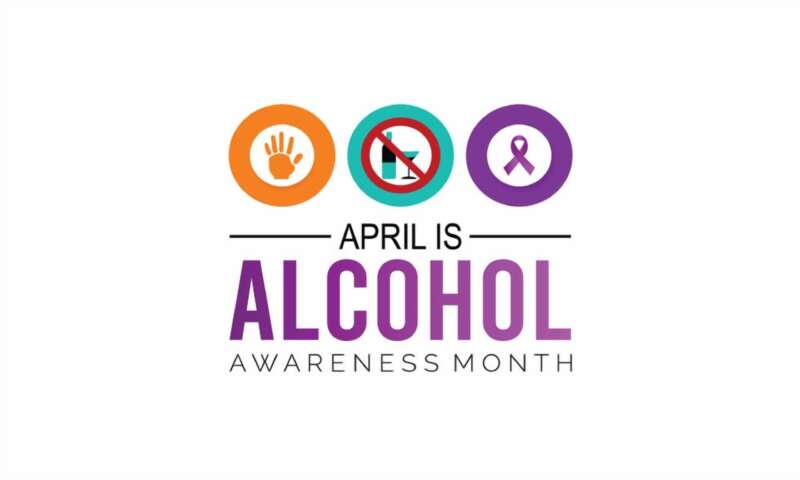
Our Commitment to Support:
We pledge support during Alcohol Awareness Month and beyond, encouraging dialogue, providing resources, and offering personalized guidance to prioritize well-being.
Colorectal Cancer
Colorectal cancer is serious, but the good news is that it’s preventable with timely screening. At Roots Health Direct Primary Care, we’re dedicated to empowering you with knowledge and proactive healthcare solutions. Let’s explore why colorectal cancer screening matters and how it saves lives.
Why Screening Matters:
Colorectal cancer is the second deadliest cancer in the U.S., but it doesn’t have to be. Screening is key to catching it early when treatment is most effective. By detecting and removing precancerous polyps, screening can prevent cancer from developing in the first place.
Screening Recommendations:
The American Cancer Society advises starting screening at age 45 for most individuals. If you have a family history or other risk factors, talk to us about personalized screening recommendations tailored to your needs.
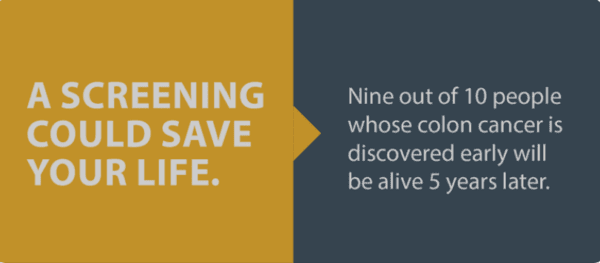
Simple Screening Options:
We offer convenient screening options tailored to your preferences. From the gold standard colonoscopy to at-home kits, we’ll help you find the right fit for your lifestyle and peace of mind.
Don’t wait for symptoms to appear—take control of your health today with colorectal cancer screening.
Why Choose Us?
At Roots Health DPC, we prioritize your health and well-being. With personalized care and a focus on prevention, we’re here to guide you every step of the way on your journey to better health.
Managing Prediabetes
Empower Your Health:
Managing Prediabetes with Lifestyle Changes
Discovering you have prediabetes doesn’t mean you’re destined for diabetes. It’s a powerful opportunity to take charge of your health and prevent future complications.
Here’s how you can proactively manage prediabetes and reduce your risk of developing diabetes:
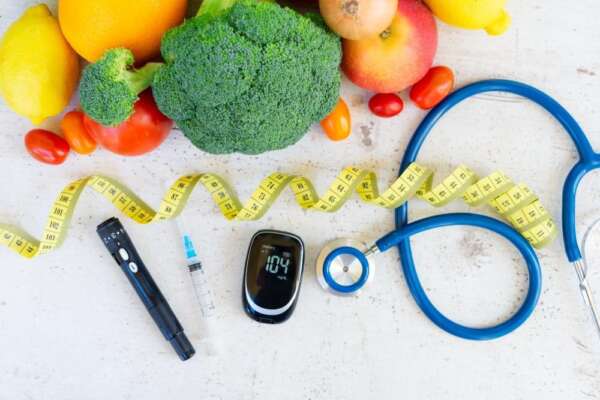
3. Stay Active: Incorporate just 30 minutes of moderate physical activity into your daily routine. Whether it’s walking, gardening, or dancing, find enjoyable activities that get your body moving and promote overall wellness.
Myths About Diabetes
Busting Common Myths About Diabetes
Did you know that over 96 million American adults are living with prediabetes, yet a staggering 80% of them are unaware of their condition? It’s time to shed some light on this silent threat and dispel the myths surrounding diabetes.
Myth #1: Healthy Weight = No Diabetes Risk
While obesity is a known risk factor for type 2 diabetes, maintaining a healthy weight doesn’t guarantee immunity. Even individuals at a healthy weight can develop diabetes, emphasizing the importance of lifestyle choices beyond the scale.
Myth #2: Diabetes is Just a Family Affair
While family history does play a role, age, heart health, and lifestyle choices also contribute to your diabetes risk. Regardless of your family background, adopting a healthy lifestyle can significantly reduce your risk.
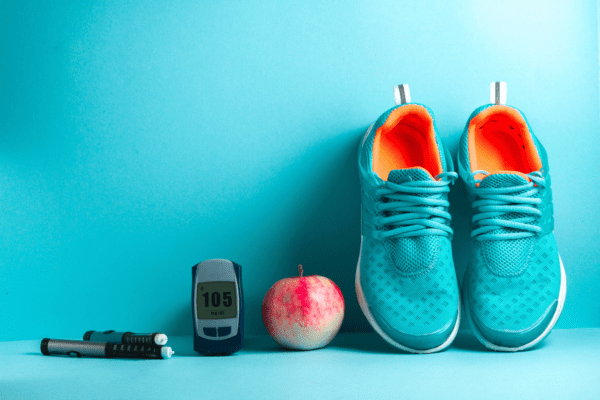
Myth #3: Diabetes is Inevitable
Contrary to popular belief, you have the power to prevent or delay type 2 diabetes through lifestyle modifications. From maintaining a healthy weight to quitting smoking and limiting alcohol intake, small changes can make a big difference in your health.
Myth #4: Blame Game: It’s Your Fault
Diabetes is a complex disease influenced by various factors, including genetics and lifestyle. Blaming individuals for their condition overlooks the multifaceted nature of diabetes and undermines efforts to promote understanding and support.
Myth #5: Diabetes is Just a Minor Inconvenience
Diabetes isn’t just a nuisance – it’s a serious health condition with potentially life-threatening complications. From heart disease to blindness, diabetes can significantly impact quality of life and longevity.
Mystery of Prediabetes
Prediabetes: Why Screening Matters
Ever wondered if you’re at risk for prediabetes without even realizing it? You’re not alone. With 1 in 3 American adults affected, the stakes are high. But here’s the catch: prediabetes often lurks silently, without any telltale symptoms. That’s why early screening is your best defense.
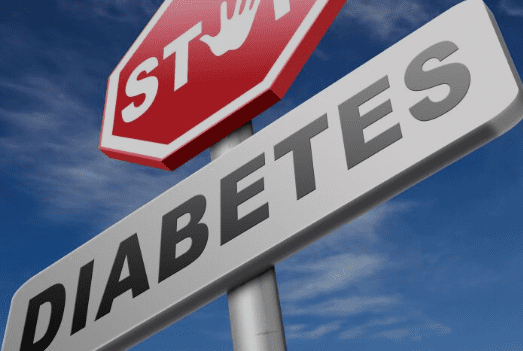
Don’t wait for symptoms to appear. Take the first step towards a healthier future by scheduling a free consultation with our team. Let’s tackle prediabetes head-on and pave the way for better health together.
Prediabetes
Staying Healthy:
Understanding Prediabetes Screening
Have you ever wondered if your body’s engine is running smoothly or if it needs a tune-up? Just like your car’s “check-engine” light, prediabetes serves as a crucial warning sign, alerting us to potential health risks down the road.
But here’s the good news: with the right knowledge and proactive steps, you can steer clear of diabetes and its complications.
Screening for Prediabetes: Your Roadmap to Health
At our Direct Primary Care clinic, we prioritize early detection and prevention. Screening for prediabetes involves simple yet effective tests that provide valuable insights into your metabolic health. Here’s what you need to know:
Fasting Glucose Test: This test measures your blood sugar levels after a period of fasting. Prediabetes is indicated by a glucose level between 100-125 mg/dL, while diabetes is diagnosed at 126 mg/dL or higher.
Hemoglobin A1C Test: Unlike the fasting glucose test, the A1C test offers a broader view of your blood sugar control over the past three months. A result between 5.7 percent to 6.4 percent suggests prediabetes, while 6.5 percent or higher indicates diabetes.
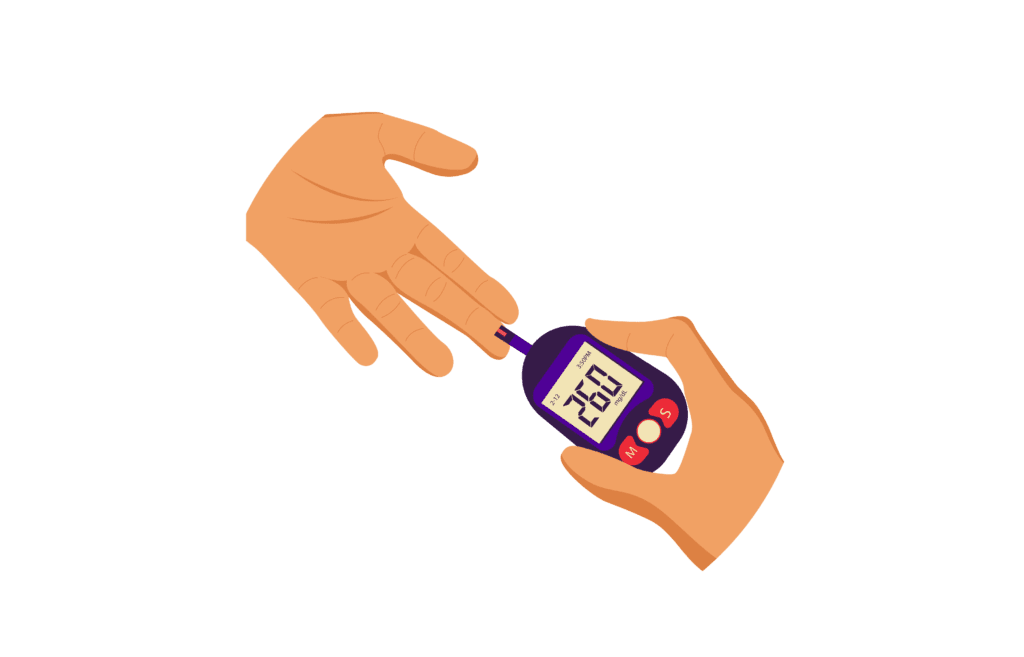
Empower Yourself with Knowledge
Understanding your prediabetes status is the first step towards taking control of your health journey. Armed with this knowledge, you can make informed decisions and implement positive changes to prevent the progression to diabetes.
Heart Disease
Heart Disease:
An ounce of prevention is worth a pound of cure.
Heart Disease is the number one killer for women…. knowing your risk is half the battle.
Heart disease is often preventable for women. The following lifestyle changes help lower risk and protect your heart.
Maintain a healthy weight
Being overweight can raise your blood pressure, cholesterol, and increase risk for diabetes.
Losing 5% to 10% of your body weight can lower blood pressure, cholesterol, and the risk of developing diabetes.
Quit smoking
Smokers have more than twice the risk for heart attack than do nonsmokers. The risk for blood clots also increases, which can cause stroke.
Get Active
Strive for regular moderate to high intensity physical activity. This can be done in 30 minute chunks, 5 days a week. Aerobic exercise reduces your risk of heart disease.
Change your fats
Change the fats in your diet. Avoid saturated fats. Substitute olive oil for butter. All fats are high in calories so use them sparingly to avoid weight gain.
Also limit the following:
• Full-fat dairy products
• Fatty meats
• Partially hydrogenated vegetable oils
• Convenience or other prepared foods high in fat
Eat fruits and veggies
Eat plenty of produce. We recommend eating at least 3 cups of vegetables and 2 cups of fruits daily, depending on your calorie needs. Diets high in fruits and vegetables are linked to lower blood pressure and a reduced risk for heart disease.
Fiber up
Soluble fiber helps reduce cholesterol. Oatmeal, whole-grain bread, and other whole-grain foods are excellent sources of this nutrient.
Drink alcohol only in moderation
Women should limit alcohol to no more than 1 drink per day. That’s equivalent to 12 ounces of beer, 4 to 5 ounces of wine, or 1.5 ounces of 80-proof spirits.

Women and Heart Health
Debunking Myths: Women and Heart Health
Myth: Heart disease is a man’s disease
Fact: Heart disease is kills more women than men. Heart disease is the cause of one out of every three deaths and is the leading cause of death for women.
Myth: Heart disease only happens to older women
Fact: Heart disease affects women of all ages. For younger women, the combination of birth control pills and smoking increases heart disease risks by 20 percent.
Myth: If women are fit they are not at risk
Fact: The risk for heart disease is not eliminated if you exercise regularly. Factors like cholesterol, eating habits, high blood pressure, diabetes, and smoking directly affect risk.
Myth: Heart disease always has symptoms
Fact: The majority of women who die suddenly of coronary heart disease had no previous symptoms. Symptoms vary greatly between men and women. Women are often underdiagnosed or undertreated which can lead to higher mortality rates.
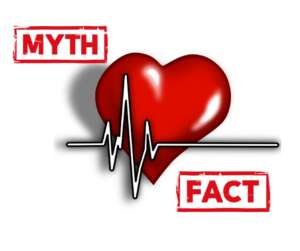
Myth: If heart disease runs in my family, I can’t do anything about it
Fact: Women with a family history of heart disease are at higher risk, but there’s tons that can be done to dramatically reduce risk. Women should discuss their personal risk factors with their healthcare provider and undergo regular screenings for blood pressure, cholesterol, and other heart disease risk factors.
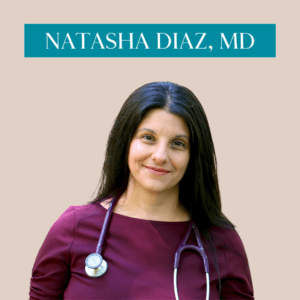
Macular Degeneration
Your Vision is Important:
Preventing Age-Related Macular Degeneration
February is the month of love, and what better way to show love for yourself than by caring for your eyes? This month, let’s look at a crucial topic that affects many – Age-Related Macular Degeneration (AMD).
The Importance of Eye Health
Your vision plays a vital role in your daily life, and AMD is a condition that can impact it significantly. It primarily affects individuals aged 50 and above, making it essential to be proactive in understanding and addressing potential eye health concerns.
What is AMD?
AMD is a degenerative eye disease that affects the macula, a small but crucial part of the retina responsible for central vision. As we age, the risk of developing AMD increases, making it imperative to stay informed about its symptoms and preventive measures.
Preventive Measures You Can Take
1. Maintain a Healthy Diet:
- Incorporate foods rich in antioxidants, such as leafy greens, fish, and colorful fruits. These can help protect your eyes from oxidative damage.
2. Protect Your Eyes from UV Rays:
- Wear sunglasses that block harmful UV rays to reduce the risk of developing AMD and other eye conditions.
3. Quit Smoking:
- Smoking is a significant risk factor for AMD. Quitting smoking can lower your risk and improve your overall eye health.
4. Exercise Regularly:
- Engage in physical activity to promote overall health, including eye health. Regular exercise can lower the risk of AMD.
5. Manage Blood Pressure and Cholesterol:
- Keep these factors in check, as high blood pressure and cholesterol levels can contribute to the development and progression of AMD.

Taking Control with Direct Primary Care
At Roots Health DPC, we prioritize your overall well-being, including your eye health. Our Direct Primary Care services offer personalized and comprehensive healthcare that extends to preventive eye care. We believe in fostering a proactive approach to health, ensuring that you have the resources and support you need.
Why Choose Direct Primary Care?
- Personalized Care: Our focus is on you. Receive individualized attention and care that goes beyond a traditional healthcare setting.
- Accessible Services: Enjoy easy access to healthcare professionals, ensuring timely check-ups and addressing concerns promptly.
-
Holistic Approach: We view health comprehensively. From routine check-ups to specialized care, our holistic approach includes preventive measures for conditions like AMD.
Take the First Step
This February, take the first step towards nurturing your vision and overall well-being. Learn more about Age-Related Macular Degeneration, explore preventive measures, and experience the benefits of Direct Primary Care at Roots Health Direct Primary Care.
The Health Care You Deserve
Uncovering the Source of Your Well-Being
Tired of healthcare that barely scratches the surface? Is your doctor treating symptoms without getting to the core of your health concerns? Ready for a more holistic approach?
Discover Roots Health DPC—a revolutionary, patient-centered practice committed to nourishing your mind, body, and spirit. With constant direct access to board-certified medical care and dedicated time to address the root cause of your symptoms, we redefine your healthcare experience.
In a system where the average office visit is a mere 7 minutes, why settle for fragmented care? At Roots Health DPC, your health takes center stage—the foundation for life on your terms.
-
Quality Time: Engage in meaningful conversations with your physician to craft a personalized healthcare plan, considering every aspect of your health, environment, and lifestyle.
-
Seamless Communication: Enjoy ongoing communication with your board-certified physician, easily adjusting your plan to meet evolving healthcare needs—unlimited access, both in-person and virtually.
-
No Waiting. No Copays. Ever: Affordable, transparent pricing with a low monthly membership fee provides unlimited direct access. Collaborate as a team to achieve optimal health, benefiting from discounts on labs, medications, supplements, and imaging.
Radon Awareness Week
Unlocking the Hidden Danger: Radon Awareness Week
Did you know that anyone can be at risk of lung cancer due to prolonged exposure to radon? This odorless, invisible, and radioactive gas can accumulate in homes and buildings, posing a serious health threat. As we observe #RadonAwarenessWeek, it’s crucial to understand the impact and take steps to protect yourself.
Key Facts:
1. Radon claims over 21,000 lives annually, making it the second leading cause of lung cancer.
2. Shockingly, 1 in 15 homes in the United States harbors high radon levels.
3. The combined effects of radon and smoking are synergistic, heightening the risk of lung cancer.
Radon, a natural gas in outdoor air, seeps into homes, regardless of their age, construction, or location. Even if you have a basement or a well-sealed home, radon can build up. There’s no safe level of radon, so strive for the lowest possible exposure.

During #RadonAwarenessWeek, take action:
1. Test your home to determine if a radon reduction system is needed.
2. The EPA recommends installing a radon reduction system for levels higher than 4pCi/L.
Radon is the leading environmental cause of cancer in the U.S., but its deadly impact is preventable. By raising awareness and encouraging action to reduce radon levels in homes, buildings, and schools, we can save lives. Spread the word this #RadonAwarenessWeek and take a vital step towards a healthier future.
Cervical Health Awareness Month
Your Shield Against Cervical Cancer
For many women, the term “Pap smear” might evoke a mix of curiosity and uncertainty. However, understanding the importance of this simple test can empower you to take charge of your reproductive health.
What is a Pap Smear?
A Pap test, is a routine screening procedure used to detect any abnormal changes in the cells of the cervix, the lower part of the uterus.
Why is it crucial?
1. Early Detection Saves Lives: Cervical cancer develops slowly and the Pap smear is designed to catch these changes to prevent progression to cervical cancer.
2. Regular Screening for All Women: Women should begin Pap smear screenings around the age of 21 and continue at regular intervals. As women age, the frequency of screenings may change, and co-testing with HPV may be an option.
3. Simple Procedure: The Pap smear is a relatively simple and quick procedure performed during a pelvic exam with little risk involved.
4. Peace of Mind: Regular Pap smear results offer reassurance and enable prompt action if any abnormalities are detected.
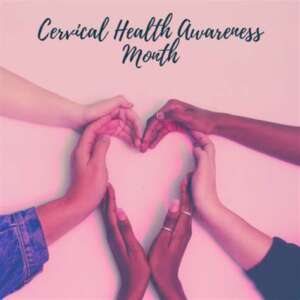
In the realm of women’s health, the Pap smear stands as a powerful ally in the fight against cervical cancer. By prioritizing regular screenings you are taking proactive steps to safeguard your well-being. Your health is in your hands, and a Pap smear is a vital tool in maintaining it.
Empower yourself with knowledge and preventive care. Your future self will thank you.
Hypertension Insights and Actionable Steps
Healthier Heart and Happier You
Hypertension, High Blood Pressure, also known as the “silent killer” affects nearly half of American adults. There are lots of ways to manage high blood pressure and it can often be reversed through diet and lifestyle modification.
What Can You Do to Control High Blood Pressure?
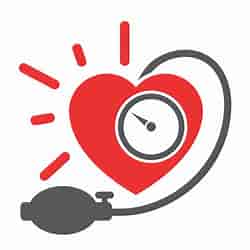
-
-
Quit smoking.
-
Follow a heart-healthy diet
-
Limit salt intake.
-
Increase physical activity.
-
Achieve a healthy weight.
-
Limit alcohol intake.
-
blood pressure
Why Your Blood Pressure Matters
Blood pressure is critical to our overall health as it effects all the organs of our body. When we leave high blood pressure unchecked… it can lead to stroke, heart disease, and kidney disease to name a few. Avoiding these complications from high blood pressure is simple once we understand what it is and how to manage it.
What Numbers Are Too High?
Blood pressure measures the pressure in your arteries when your heart is contracting and pumping (systolic) and the measurement when your heart is relaxed and filling (diastolic). An optimal reading is less than 140/90 mmHg and sometimes lower if you have other conditions.
KNOW YOUR NUMBERS
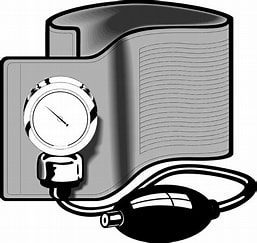
What Causes High Blood Pressure Readings?
Blood pressure can fluctuate based on several factors including: diet, stress, sleep, lifestyle, and exercise. It can also be affected by underlying medical conditions that you may not even know you have (kidney disease, hormonal imbalances, and heart/lung conditions to name a few). The key is to check your blood pressure and not ignore a high reading.
Gift of Peace of Mind
Give the Gift of Peace of Mind: Your Time is the Present
In the spirit of the season, give yourself and your family the gift of year-round peace of mind. Time is a precious, especially during the holidays. Managing health concerns shouldn’t add unnecessary stress to your life.
Your Time is Valuable
In the midst of holiday chaos, every minute counts. Balancing work, family, and unexpected health issues can feel like a never-ending juggle. As a working parent, I understand the challenges of carrying the mental load and strive to help you reclaim your time.
Immediate Health Support
Picture this: “My son has a sore throat and fever; I’ve reached out to his doctor’s office and am waiting for a call back.” Your health concerns should be addressed promptly. As your physician, I’m here to provide immediate answers to your health questions via text, allowing you to swiftly address concerns and get back to the joy of the season.
Effortless Healthcare Solutions
“My daughter cut open her foot. Urgent care or ER?” Waiting for a callback or spending hours in a waiting room is not an option for busy families. We handle these situations promptly, ensuring your family’s health is prioritized without unnecessary delays.
Streamlined Doctor Visits
“I’m constantly tired, but scheduling a doctor’s appointment is daunting.” We’ve simplified the process. Booking a convenient time that suits your schedule is all it takes – no waiting room hassles. This isn’t too good to be true; it’s a reality we offer year-round.



